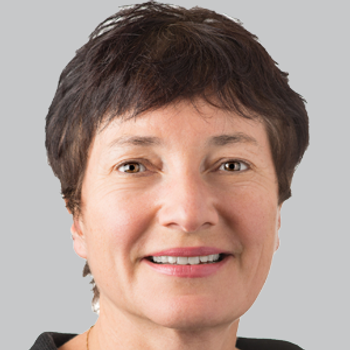
The proposed NSD-ISS staging system for Parkinson's disease, focusing on neuronal α-synuclein pathology, aims to enhance trial design and drug development.

The proposed NSD-ISS staging system for Parkinson's disease, focusing on neuronal α-synuclein pathology, aims to enhance trial design and drug development.

The chief executive officer of Aruna Bio discussed the mechanism of action behind AB126 and how its anti-inflammatory and neuroprotective properties may be effective in treating acute ischemic stroke. [WATCH TIME: 4 minutes]

Mind Moments®, a podcast from NeurologyLive®, brings you an interview with Orrin Devinsky, MD. [LISTEN TIME: 18 minutes]

A recent analysis revealed a reduction in regulatory lymphocyte subsets in patients with NMOSD before tocilizumab therapy, with subsequent restoration to normal levels after 1 year treatment.

In a recent case study, clinical exome sequencing exposed a heterozygous missense mutation in the ITPR1 gene where patients showed craniofacial abnormalities as well as spinocerebellar ataxia-like syndrome.

The European evidence generation strategy lead for epilepsy and rare syndromes at UCB described some details about further epilepsy research and other explorations in the next few years. [WATCH TIME: 3 minutes]

A recent study showed a more than 75% reduction in migraine frequency in participants with comorbid multiple sclerosis when treated with calcitonin gene-related peptide monoclonal antibodies.
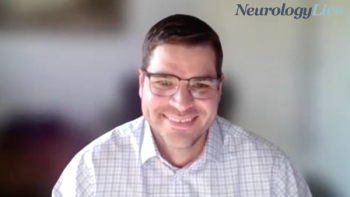
The health economics outcomes research specialist at UCB discussed the need for improved methodologies to have a more accurate analysis of patient outcomes beyond what administrative databases can provide. [WATCH TIME: 2 minutes]

In total, 82% of patients were interested in more convenient treatments, emphasizing the importance of shared decision-making and open discussions with physicians in rare disease management.

Although there were no significant differences in the primary end secondary end points, patients with mRS scores of 0 to 2 at day 90 seemed to show better outcomes in the cell therapy group, particularly for those with ischemic core volumes of 50 mL or greater.
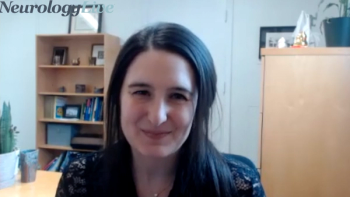
The staff neurologist from the Mellen Center for MS Treatment and Research at the Cleveland Clinic provided perspective on recently published research showing geographic disparities to neurologists and multiple sclerosis centers. [WATCH TIME: 3 minutes]

A new study reported on a small family who experienced paroxysmal ataxia as the initial manifestation of FGF14 repeat expansion, triggered by certain factors between the ages of 45 and 50.
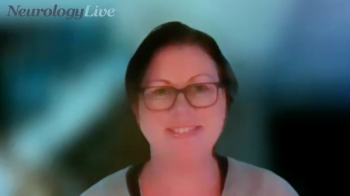
The head of Patient Engagement, Epilepsy and Rare Syndromes (Europe) at UCB Pharma discussed the inconsistencies in educational information given to patients with epilepsy, including the knowns of sudden unexpected death. [WATCH TIME: 4 minutes]

The chief executive officer of Aruna Bio provided context on a newly accepted phase 1/2 trial assessing the company’s neural-derived exosome agent AB126 in patients with acute ischemic stroke.
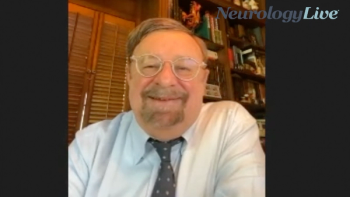
The director of Geriatric Psychiatry at the St Louis University School of Medicine talked about BXCL501 as a potential treatment for acute agitation in patients with Alzheimer disease and how it compares with brexpiprazole, the first approved therapy. [WATCH TIME: 4 minutes]

Overall, the results revealed that light therapy helped to alleviate sleep efficiency, sleep quality, depressed mood, caregiver burden, and agitated behavior.
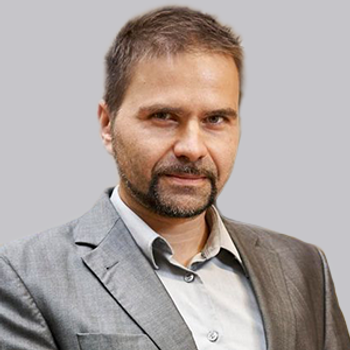
In a recent study, investigators observed a substantial up-regulation of long noncoding RNAs among patients with neuromyelitis optica spectrum disorder in comparison with heathy individuals.

The medical director of the Inpatient Rehabilitation Unit at Ascension Genesys Hospital discussed the importance of early intervention, sustained care, and rehabilitation in managing poststroke patients. [WATCH TIME: 4 minutes]
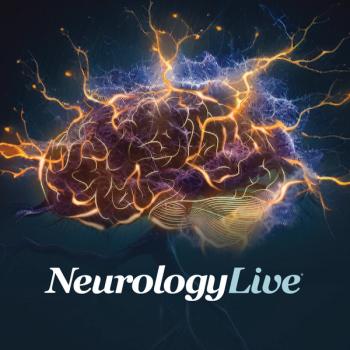
Noninvasive brain stimulation techniques, particularly transcranial direct current stimulation (tDCS), prove safe and effective for cerebellar ataxia, enhancing motor coordination.

Using the validated Migraine-Related Stigma questionnaire, investigators observed significant between-group differences in disability, interictal burden, and quality of life based on the amount of migraine-related stigma experienced.

The investigational ALS therapy, IPL344, derived from a biologically active peptide, exhibited encouraging efficacy in slowing disease progression.
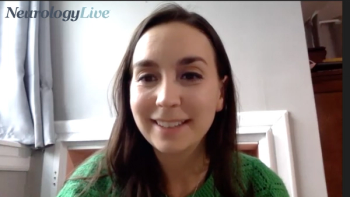
The epileptologist at NYU Langone Health and associate professor of neurology at the NYU Grossman School of Medicine shared her thoughts on potential therapies and expanding management care options for patients with epilepsy in the near future. [WATCH TIME: 5 minutes]

Among the disease-modifying drugs (DMDs) for multiple sclerosis (MS), glatiramer acetate was associated with a lower hazard of hypertension, presenting a potential positive impact on cardiovascular health.
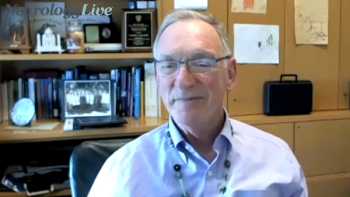
The professor of neurology at Cedars-Sinai Medical Center shared his thoughts on potential therapies that expand management care options for patients with neuromuscular disease, in particularly for chronic inflammatory demyelinating polyneuropathy. [WATCH TIME: 4 minutes]

Here's some of what is coming soon to NeurologyLive® this week.

The professor of neurology at Cedars-Sinai Medical Center shared his clinical perspective on the recent FDA approval of Takeda’s immune globulin infusion, Hyqvia, for chronic inflammatory demyelinating polyneuropathy. [WATCH TIME: 5 minutes]

Test your neurology knowledge with NeurologyLive®'s weekly quiz series, featuring questions on a variety of clinical and historical neurology topics. This week's topic is headache and migraine.

In a study cohort, investigators observed the frequency of FGF14 GAA repeat expansions in 17 patients, prompting the inclusion of GAA-FGF14-related disease in the differential diagnosis of ataxia related syndromes.

The study provided the first class IIb evidence of the long-term benefits of deep brain stimulation in patients with Parkinson disease, emphasized by improved quality of life and reduced medication requirements.

In a phase 2 proof-of-concept study, IHL-42X, a drug for obstructive sleep apnea, more significantly reduced apnea-hypopnea index and oxygen desaturation index than placebo.